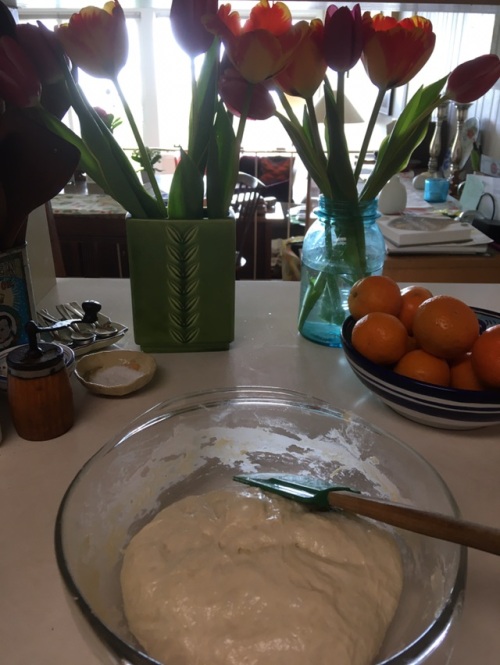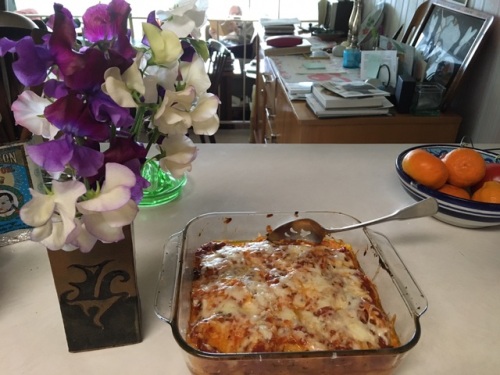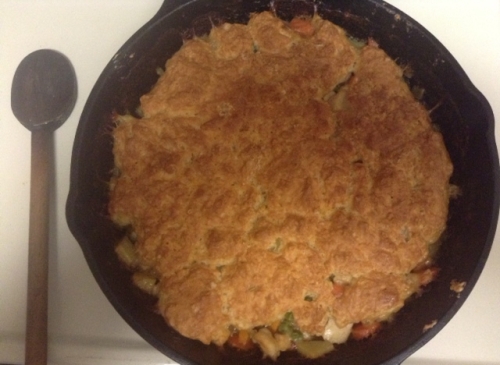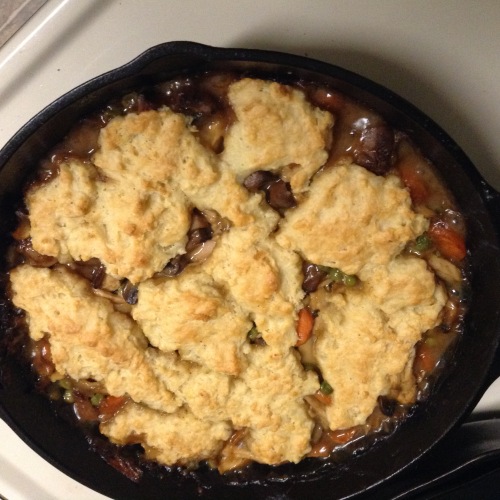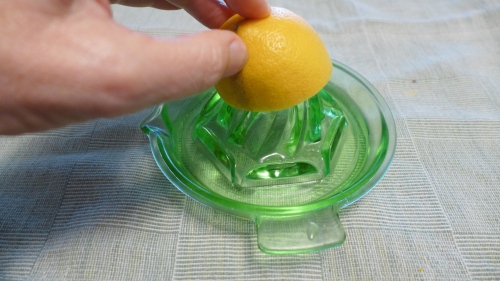
IT WAS NEARLY DINNER TIME and I had just decided what to have. Asparagus with baked or fried eggs, a few roasted potatoes and some buttered toast. That sounded about perfect, as I had just bought some nice asparagus the day before.

My daughter taught me you could put asparagus in a glass or jar with cold water and it would keep really well. And in the meantime, it looks good too.
Asparagus and eggs seems like a natural combination. Nutritionists go back and forth about whether eggs are good for you or not. But in any case, one egg won’t kill you. I remembered that I once wrote a blog post about this dish, so I looked it up. Yes, it’s funny that I had to consult my own blog — but when you think about it, it’s just like consulting all those little recipe cards I’ve kept over the years.
The original inspiration for the dish came from something I’d read that had baked eggs on top of steamed asparagus. I never did find the recipe I was looking for, (though I later saw a similar recipe for asparagus with eggs that was called “Asparagus Milanese.”) — but I ended up making a variation with roasted potatoes and asparagus.
Here’s how it went: I cut up a few Yukon Gold potatoes and half an onion, tossed them in a tablespoon or two of olive oil and some salt and pepper and put them on a cookie sheet in the oven (400 degrees) to roast……
After about 15 minutes or so (20?) I tossed some asparagus on top of the potatoes (I also drizzled a little oil over them, and sprinkled on some salt) and then, after those were mostly done — the timing so far doesn’t need to be really precise–I cracked open an egg and carefully let it sink over the asparagus (if I’d had the asparagus a little flatter, the egg might have looked even better.) The original recipe called for one egg for each person, by the way. I just kept checking to see if the egg was as done as I like it, the yolk still a little runny (but not so much. It’s hard to order an egg like this in a cafe, by the way. You have to say “over medium — plus a little more). A guideline for the eggs is somewhere between 8 and 12 minutes.
In the last minute or so, I sprinkled on just a tiny bit of grated cheese. Parmeggiano, Romano, pecorino or sharp cheddar — any of these would do. Or skip it.
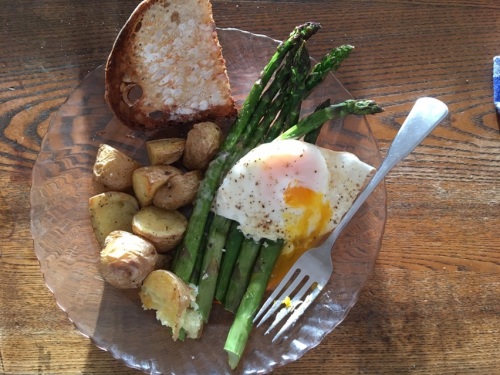
In the original post, I baked the eggs, but this time I didn’t feel like waiting and checking the oven so often, so I opted to simply fry them in the pan, while I melted a bit of Parmeggiano over the asparagus in the oven.
I had some nice bread to make toast with this tonight, but in my original post I was more ambitious and made biscuits. You might have noticed that I have a lot of posts about biscuits, but just in case you’d like that recipe again and don’t want to search for it, I’ll keep it here as well. Happy asparagus season to you all.
_________________________________
Years ago I wrote about biscuits in an essay called “Still Living with a Biscuit State of Mind.” (published in Christian Science Monitor). That essay still applies, except I now dispense with the two knives and just use my fingers to “cut,” or more precisely, rub the butter into the flour….

And here’s that biscuit recipe once again:
Biscuits
- 2 cups flour
- 1 1/2 teaspoons baking powder
- 1/2 teaspoon baking soda
- 1 teaspoon salt
- 4 tablespoons cold butter, cut in four pieces
- 3/4 cup cold buttermilk
Heat the oven to 450 degrees. Mix the flour, salt, baking powder and soda together in a bowl and cut or rub in the butter until it’s in little pieces. Stir in the buttermilk with a fork until the mixture comes together as a moist, but not sticky dough.
Turn onto a floured board and knead just a couple times (you never want to overwork a baking powder/soda dough). Roll out the dough about 3/4″ thick with a rolling pin (or a wine bottle if you don’t have a rolling pin), cut into biscuit shapes with a biscuit cutter or the rim of a glass dipped in flour. You’ll have 10 to 12 biscuits or so. Any leftover dough can be just formed by hand into a little patty (or you can make them all this way).
Bake on an ungreased cookie sheet for about 10 minutes, or till they’re golden. The time will vary depending on the size of your biscuit cutter. Serve hot.
Tip: I like to roll out the dough, then fold it in half and roll again. This makes it so the biscuits break open neatly in the middle when you want to put on some butter, jam, honey, etc.

This is my favorite biscuit cutter, which I’ve had for about 100 years. Well, at least 25.
